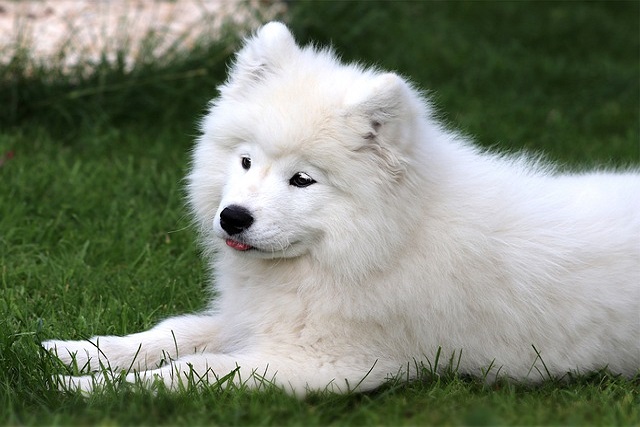
are plastic water bowls bad for dogs
If you’re a new dog owner stocking up on supplies, you might pause at the pet aisle and wonder: Are plastic water bowls bad for my pup?
If you’re a new owner of a Chihuahua, Yorkie, or Shih Tzu, you might be staring at the pet food aisle wondering: Can my small breed dog eat regular adult dog food? The short answer is yes—but not just any adult food. Small breeds (under 22 pounds) have unique nutritional needs that many generic adult formulas don’t address, so choosing the right one matters for their energy, dental health, and long-term well-being. For apartment-dwelling owners who love their tiny pups, picking a food tailored to their size keeps them active and healthy without extra hassle.
Small breed dogs have faster metabolisms than larger breeds—they burn energy quicker, so they need more calories per pound of body weight. Their tiny jaws and teeth also require smaller kibble pieces to chew easily, and their risk of dental issues means some formulas add ingredients to reduce tartar. My friend’s 5-pound Maltese, Milo, struggled with regular adult kibble—he’d spit it out because it was too big, and he was always lethargic until she switched to a small-breed adult formula. Generic adult foods often have larger kibble and lower calorie density, which can leave small breeds underfed or struggling to eat. Also, avoid puppy food long-term—once they’re 12–18 months old (sooner than large breeds), puppy food’s extra calories can lead to obesity, a common issue in small apartment dogs with less space to run.
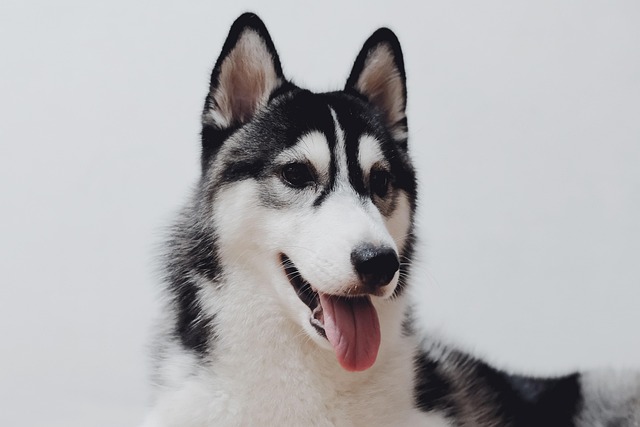
When shopping, look for “small breed adult” on the label. Check that the kibble is pea-sized or smaller—hold a piece up to your finger to test. Prioritize formulas with high-quality protein (like chicken or turkey) as the first ingredient, and avoid those with excessive fillers (like corn or wheat). For apartment owners short on storage, opt for smaller bags to keep food fresh. Feed portioned meals (usually ¼–¾ cup daily, split twice) instead of free-feeding to prevent weight gain. Use mealtime as a training opportunity: reward your pup with a piece of their kibble for sitting or staying—positive reinforcement works wonders with small, eager breeds, and never scold them for being picky; try mixing in a spoonful of warm water to make food more appealing.
Before taking your small breed for walks (they need daily activity too!), confirm their rabies vaccine is up to date—all U.S. states require it, and tiny dogs are more vulnerable to wildlife encounters. Always carry poop bags: leaving messes in apartment hallways or parks isn’t just rude; cities like Los Angeles fine owners up to $250, and small breed waste is easy to overlook but still unsanitary.
Small breed dogs can eat adult food—just make sure it’s made for their size. With the right formula and portion control, your tiny pup will stay energetic and healthy.

If you’re a new dog owner stocking up on supplies, you might pause at the pet aisle and wonder: Are plastic water bowls bad for my pup?

If you’ve noticed your dog planted on their cooling mat for hours on a hot day, you might be wondering: Is there a limit to how long they can lay there?
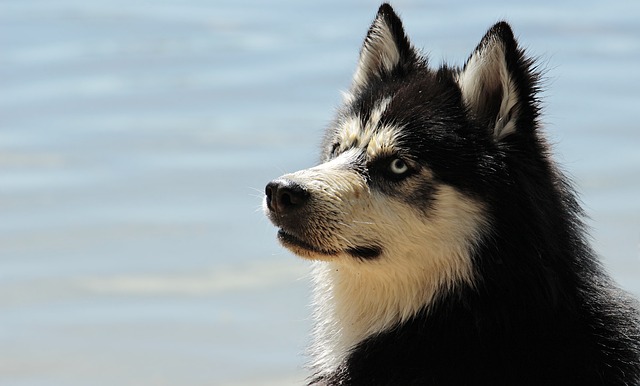
Many dog owners find themselves pausing mid-snack prep when their pup begs for a bite of tomato. It’s a common scene—you’re slicing up veggies for a salad, and your furry friend is staring up at you, tail wagging, hoping for a taste.
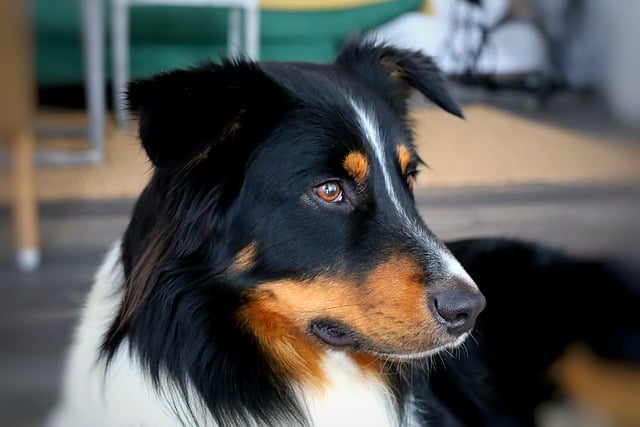
You invested in a dog cooling pad to keep your pup comfortable during summer, but now you’re wondering: How long will it actually hold up? Many new U.S.
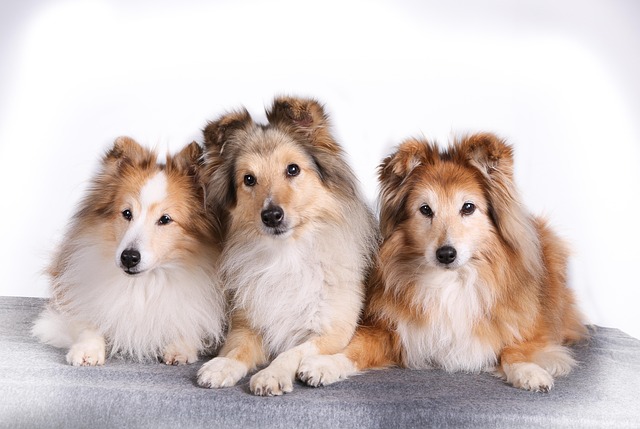
Watching your once-energetic dog slow down as they age can spark a scary question: Do old dogs decline quickly? The answer is no—usually.

Walking into the kitchen with your dog’s favorite kibble only to have them walk away can feel alarming—especially if you know they have kidney failure.